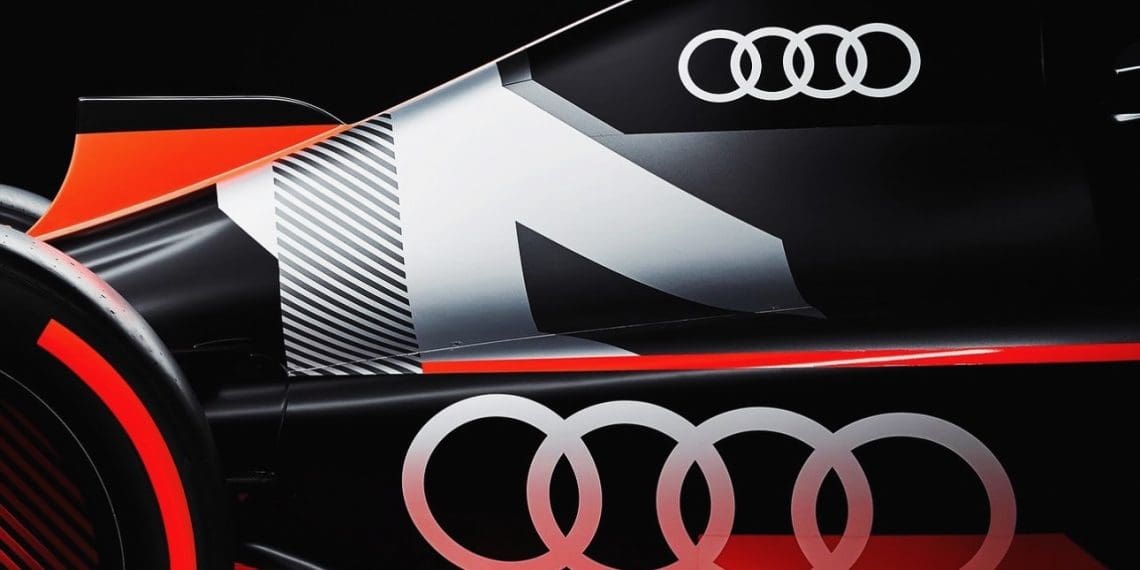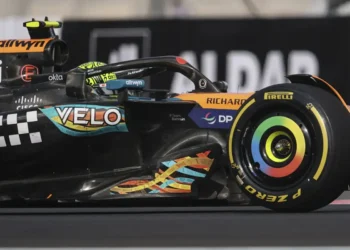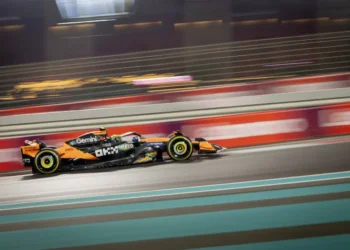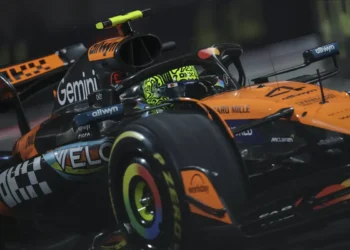When Mattia Binotto joined Sauber in August 2024, he found a team in a dire state—winless, pointless, and seemingly directionless. As the former Ferrari team principal and now the head of Audi’s Formula 1 project, Binotto faced an uphill battle to transform Sauber into a competitive force ahead of the German automaker’s full entry into F1 in 2026.
A Team on Ice
Binotto didn’t mince words when describing what he saw upon his arrival:
“When I came in, there was not only zero points, but really even no plans nor developments,” Binotto revealed.
Sauber’s focus on the future Audi takeover had left its present operations stagnant. Without active competition, the team lacked the vital feedback loop that racing provides.
“Everything was only focused on ’26,” Binotto said. “But that was somehow a problem because a team needs always to fight on track.”
For Binotto, racing isn’t just about competing—it’s an essential tool for growth. He emphasized that even struggling teams must learn from their performance, identify weaknesses, and adjust strategies to build the “know-how” required for success.
Turning the Tide
Sauber’s fortunes began to shift with a late-season upgrade package introduced at the Las Vegas Grand Prix, which bore fruit at the Qatar Grand Prix. Zhou Guanyu finished eighth, securing the team’s only points of 2024.
While Sauber still ended the season in 10th place, Binotto viewed this modest success as a critical morale boost.
“Finishing 10th with zero points or 10th with four points does not change much. But for us, it was about defining the proper direction of development for next season and energising the team for the winter.”
The Road Ahead: 2025 and Beyond
Looking to the future, Sauber’s transformation is far from complete. For 2025, Binotto has reshaped the team with an intriguing mix of experience and youthful promise:
- Nico Hulkenberg, a veteran driver known for his consistency and technical feedback, joins to provide stability and insight.
- Gabriel Bortoleto, the reigning Formula 2 champion, brings fresh talent and a long-term development perspective.
Binotto has also bolstered the team’s leadership, recruiting Jonathan Wheatley, formerly of Red Bull, as Sauber’s new team principal. Wheatley’s vast experience and strategic acumen are expected to play a pivotal role in steering the team toward competitiveness.
Audi’s Vision for F1
As Audi prepares to enter Formula 1 fully in 2026, Binotto’s challenge is to lay a strong foundation for success. His dual roles as Chief Operating Officer and Chief Technical Officer give him the authority to enact sweeping changes, but the clock is ticking.
“Today, I can see a team that is more convinced on what’s required,” Binotto said. “Hopefully, we can further develop the current car and ensure our trajectory aligns with becoming a top team in the future.”
Will Sauber Deliver?
Binotto’s arrival has injected new life into a struggling team, but the path to the front of the grid is steep. With renewed leadership, a promising driver lineup, and Audi’s resources on the horizon, Sauber has the tools for a resurgence. However, the 2025 season will be a critical litmus test for whether the team can build on its late-2024 improvements.
As the team works tirelessly to shed its “frozen” state, all eyes are on Sauber to see if Binotto’s expertise can deliver a competitive platform for Audi’s long-awaited F1 debut.










